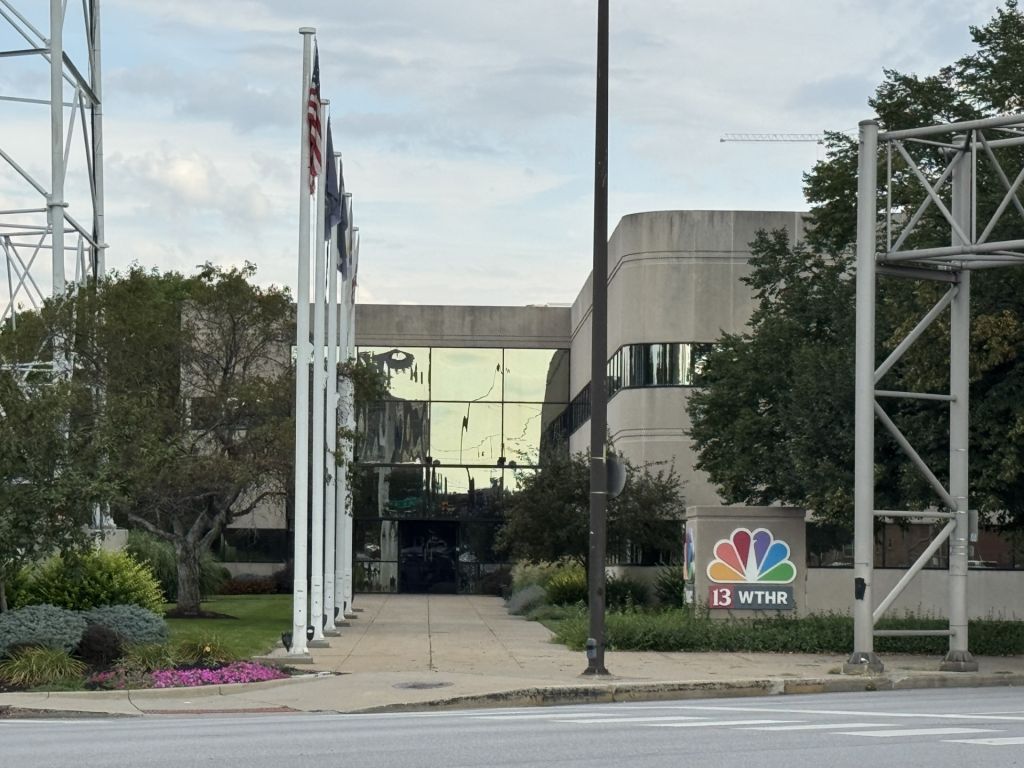Nexstar-Tegna Deal: What It Means for Indy News

INDIANAPOLIS — A proposed multi-billion-dollar merger between Nexstar and Tegna could affect the broadcasting industry, including news in Central Indiana.
The merger, announced last week, would bring together two of the nation’s largest local TV station owners in a deal reportedly valued at over $6 billion. If approved by regulators, Nexstar would own three major stations in the Indianapolis market: CBS4 (WTTV), FOX59 (WXIN), and WTHR (NBC).
Terry Heifetz, a senior lecturer in the Department of Media at Ball State University and a former newsroom manager, says the implications of this proposed deal could be significant—not just for the industry, but for viewers in Indianapolis.
“This is a really big deal,” Heifetz said. “We’ve seen major media changes in Central Indiana before, but nothing quite on this scale.”
A Look Back: History of Media Consolidation in Indy
Heifetz points to a previous media merger that reshaped the local market several years ago. At the time, Tribune Broadcasting—owner of FOX59 and CBS4—was acquired by Nexstar. Due to FCC regulations on station ownership, Nexstar had to divest some assets, selling those stations to Circle City Broadcasting.
“That was a big change in the market,” Heifetz recalled. “But interestingly, even though the ownership changed, the stations kept much of the same staff and the product didn’t change dramatically.”
This time, however, the outcome could be different.
What’s at Stake: Jobs, Newsrooms, and Creative Competition
“If this merger is approved as-is, Nexstar would own three of the top stations in one market—and that’s almost unheard of,” said Heifetz. “There are big questions about whether they’d keep full news operations at all three.”
Heifetz warns that while consolidation can lead to efficiencies for corporations, it often raises concerns about newsroom staffing, content diversity, and competition.
“Unfortunately, mergers like this sometimes mean job losses,” he said. “And it can affect competition in a way that impacts creative freedom and the overall quality of journalism in the market.”
Will Viewers Notice?
So what about viewers—the people who sit down to watch the 6 p.m. newscast or start their morning with local headlines?
“That’s a great question, and honestly, we just don’t know yet,” Heifetz said. “It depends on the conditions of the merger. If the FCC allows Nexstar to own all three stations, there could be a lot of behind-the-scenes changes that viewers may or may not immediately notice.”
Still, he says, media watchers should pay close attention.
“The environment right now is one of consolidation, and if this goes through, we could see changes in how local news is produced and presented.”
FCC Hurdles and the Road Ahead
The Federal Communications Commission (FCC) is expected to take a close look at this deal. Under current regulations, one company cannot own stations that reach more than 39% of U.S. television households, and there are limits on how many stations a company can own in a single market.
“This kind of merger wouldn’t have even been considered a few years ago,” Heifetz said. “But the tone at the FCC has shifted. It’s possible they’ll allow it with certain conditions, like requiring Nexstar to sell off one of the three stations in Indianapolis.”
Whether the merger is approved outright, approved with conditions, or blocked altogether is still up in the air.
“It’s all very fresh,” Heifetz said. “But once the FCC starts digging into the details, it’ll be fascinating to see where this lands.”
A National Story with Local Impact
While Indianapolis is just one piece of the puzzle, it’s a key market in this national story. Nexstar is already the largest local broadcaster in the U.S., and Tegna is in the top five.
“This is a mega-merger,” Heifetz said. “Indianapolis may be just a slice of the pie, but it’s an important one.”
As for when viewers and media professionals alike might get clarity on the future?
“This could take some time,” Heifetz said. “From what I’ve heard, it might not be finalized until spring. But there’s still a long way to go before we know what this really means for Indy



